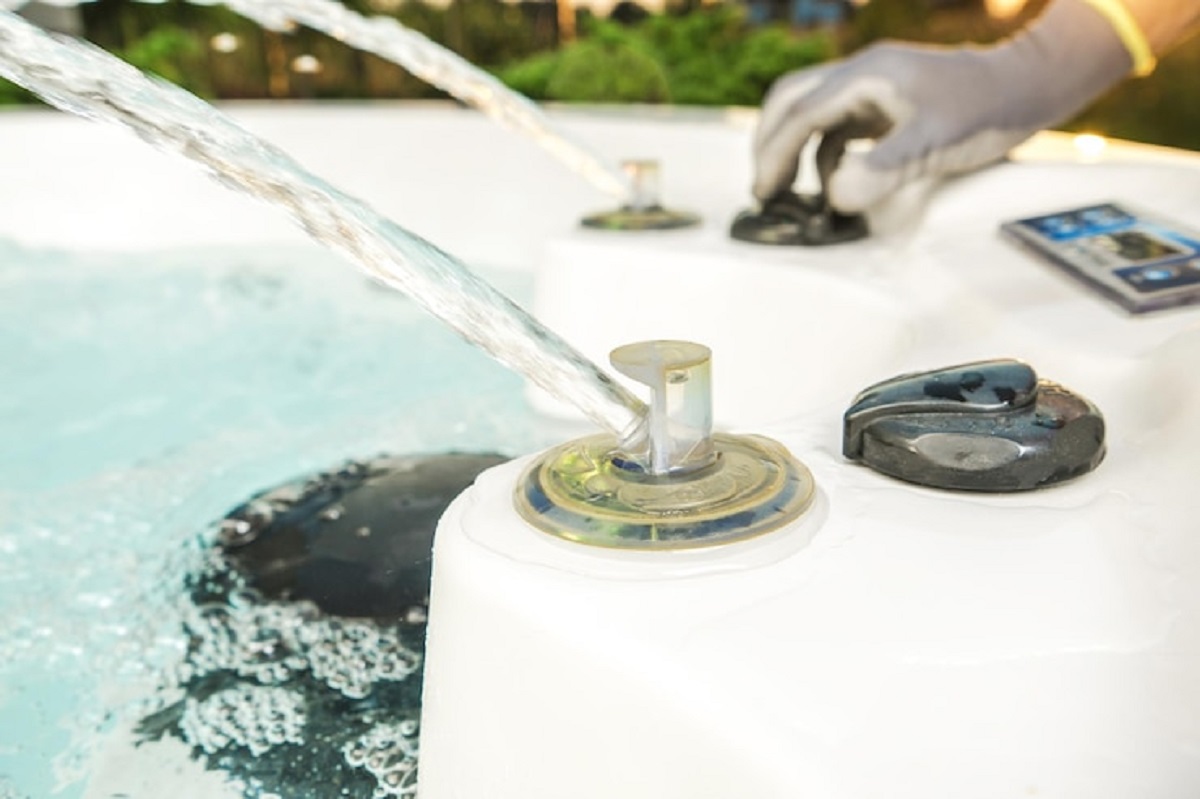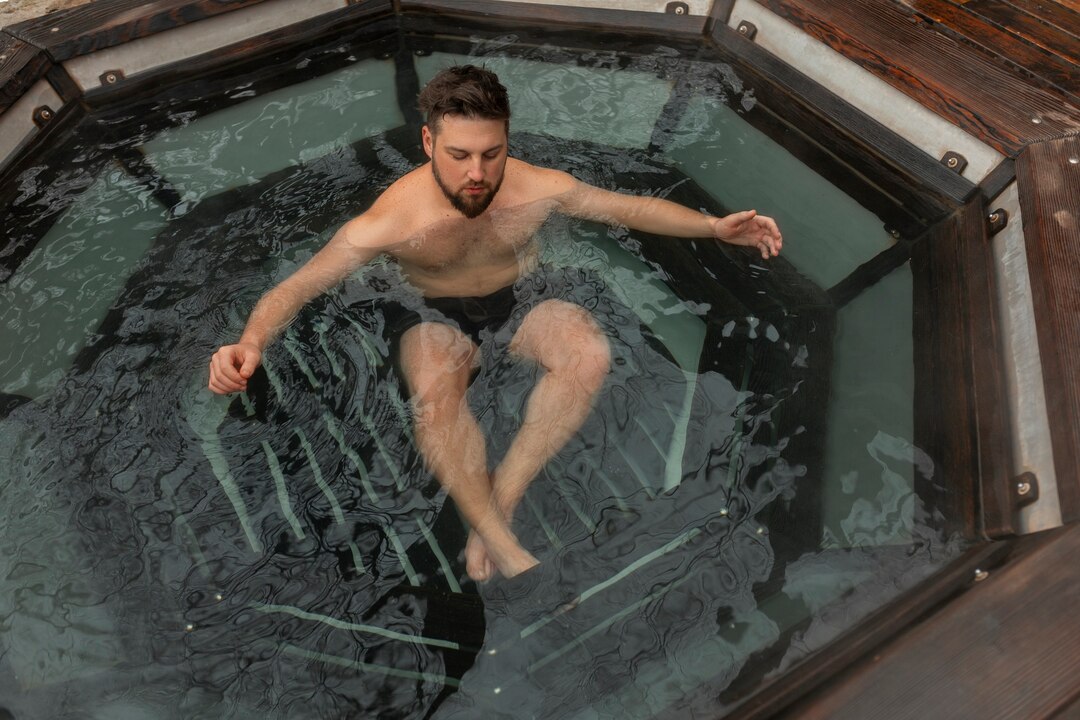If you’ve been thinking about the energy required to run Calgary Hot Tubs in your backyard, here’s some thoughts. One of the biggest is cost, specifically, ongoing energy use. Do hot tubs use a lot of electricity? It’s a fair concern, especially with rising utility prices and a growing focus on energy efficiency. But the answer might be more reassuring than you expect.
The truth is, hot tubs have come a long way in recent years. Advances in insulation, smarter control systems, and more efficient components have made modern spas far more energy-conscious than their older counterparts. That’s especially true for those designed with Canadian winters in mind.
Whether you’re dreaming of evening soaks under the stars or early morning recovery after a workout, knowing what to expect in terms of electricity usage can help you plan with confidence. It also helps you choose a spa that won’t lead to surprises when the bill arrives.
Do Hot Tubs Use a Lot of Electricity in Canada’s Climate?
Living in a place like Calgary means dealing with winter, and that’s when most people assume their hot tub will become a power hog. After all, keeping water at 100 degrees when the outside temperature dips below freezing sounds like it would take serious energy. But here’s the key: insulation and design matter.
The best hot tubs don’t just heat water, they hold that heat. Models from Backyard Canada’s Calgary hot tubs are built with high-performance insulation and energy-efficient circulation systems that minimize heat loss, even on the coldest days. A well-insulated shell combined with a quality cover can keep energy use surprisingly low, even in minus-20 weather.
Most owners report an average monthly increase of $30 to $50 on their electric bill when using their spa year-round. That number can vary based on how often you use your tub, what temperature you keep it at, and how efficient your particular model is, but it’s far less than many people expect.
The Factors That Influence Energy Use
If you’re still wondering, do hot tubs use a lot of electricity, the answer depends on a few specific factors. First is the size of your hot tub. Larger models take more energy to heat and maintain because they hold more water.
However, a bigger spa doesn’t automatically mean higher costs. A well-designed five- or six-person spa with full-foam insulation may still outperform a cheaper two-person tub that lacks proper sealing.
Another key factor is your usage habits. Heating the water initially uses the most electricity, but once the temperature is maintained, energy consumption levels out. If you’re constantly raising and lowering the temperature or leaving the cover off between uses, you’ll naturally see higher energy draw. But if you’re consistent and use your spa regularly, it becomes more efficient.
Energy-efficient features like programmable timers, low-energy circulation pumps, and improved filtration also play a big role. These are common in high-quality models, and you’ll find them standard on many of the units offered at Backyard Canada.
How to Reduce Your Hot Tub’s Electricity Costs
Once you’ve selected an efficient hot tub, there are a few things you can do to keep your electricity usage low and predictable. Start by choosing a well-shaded, sheltered spot that protects your spa from wind and weather. Even a small barrier or fence can help keep the heat in and your energy use down.
Using a high-quality cover is non-negotiable. Much of the heat in a hot tub escapes through the surface water, and a tight-fitting, insulated cover makes a massive difference in energy retention. If your hot tub doesn’t come with one, or if your current cover is old or worn out, replacing it is one of the best things you can do to improve efficiency.
Regular maintenance also matters. Keeping your water clean, your filters in good shape, and your components running smoothly means your system won’t have to work harder than necessary to maintain temperature. It also extends the life of your equipment, saving you money in both the short and long term.
Do Hot Tubs Use a Lot of Electricity Over Time?
Looking beyond the monthly bill, it’s helpful to think about the full lifespan of your hot tub. Most well-maintained models can last 15 to 20 years. Over that time, the efficiency of your system adds up. That’s why choosing a spa with low operating costs is so important, it pays off month after month, year after year.
Energy use doesn’t have to be a dealbreaker. With the right setup, it becomes just another small part of your overall utility picture. And when you weigh the daily benefits of owning a hot tub, stress relief, better sleep, reduced muscle tension, and more quality time with the people you care about, the tradeoff becomes more than worth it.
In fact, many homeowners find that they end up using their hot tub more often than expected because it’s close, it’s ready, and it becomes a routine part of winding down. In those moments, the question isn’t do hot tubs use a lot of electricity, it’s how did I ever live without one?
Why Backyard Canada Is the Smart Choice
Not all hot tubs are built the same. That’s why it’s worth going with a company that understands what Canadian homeowners need. Backyard Canada specializes in spas that are tested and proven for cold-weather performance. Their hot tubs are selected based on energy efficiency, durability, and long-term value.
They also help you find a model that matches your space, your goals, and your budget. Whether you want a compact two-seater or a large family spa with all the features, their team is there to guide you every step of the way, from choosing your tub to preparing the site to making sure your system runs smoothly.
If electricity use has been holding you back, they can walk you through the expected costs and help you compare models based on real data. That kind of transparency is what makes the experience not just easier, but smarter.
Energy Efficiency Starts with the Right Hot Tub
So, do hot tubs use a lot of electricity? The simple answer is no, not if you choose the right one and use it wisely. Modern spas are more efficient than ever, especially those built for cold climates like Alberta. With good insulation, quality construction, and mindful usage, your hot tub can offer daily comfort without overwhelming your power bill.
A hot tub isn’t just a luxury, it’s a way to make time for yourself, recover after a long day, and enjoy your space in a new way. And when you work with a trusted team like Backyard Canada, you know you’re getting a product that’s built to last, perform, and save.
If you’re ready to explore the options, or if you’re still wondering how to make the most energy-efficient choice, visit Backyard Canada’s Calgary hot tubs and speak with their experts. With the right model, you’ll spend less time worrying about your electricity bill, and more time soaking up the benefits.

 Cart is empty
Cart is empty 

